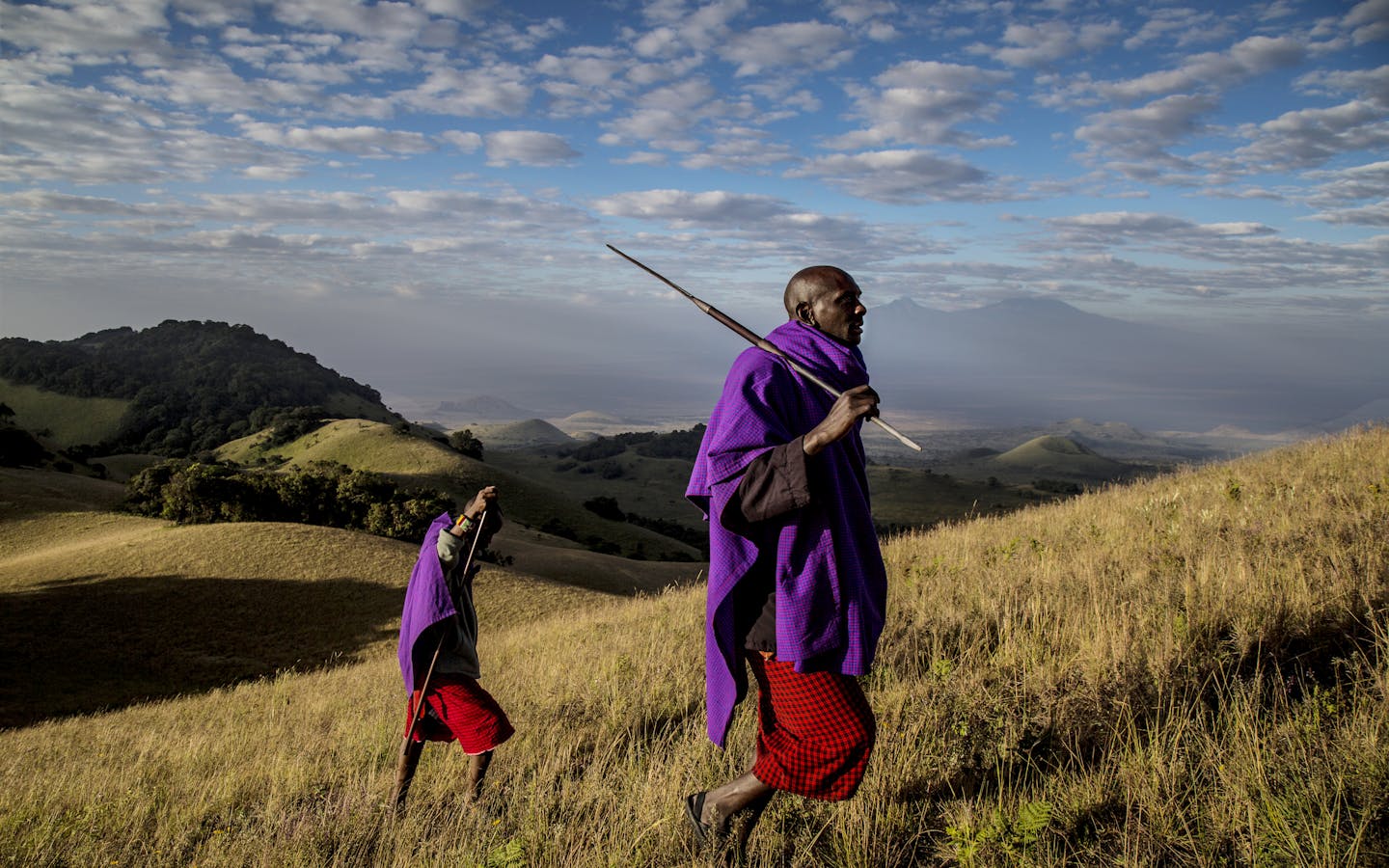Every one of us, in ways large and small, has an impact on the climate. By investing in the protection of nature, you can help reduce your impact — while helping people and wildlife at the same time.
By “offsetting” a portion of your climate footprint through the purchase of real and verifiable nature-based carbon credits. Revenue from these credits — each of which represents a metric ton of climate-warming carbon — go to Conservation International projects that pay local communities to protect and restore their forests. These forests then absorb carbon from the atmosphere while providing livelihoods for communities and habitat for wildlife.
Support Carbon Projects
Join the thousands of donors who've supported these vital projects by investing in nature to reduce their carbon footprint.
from individuals like you, used to retire verified carbon credits in our projects
through March 31, 2025
retired in these verified carbon projects through individual contributions. This is equivalent to the emissions of 13,537 gasoline-powered passenger vehicles being driven for one year.
through March 31, 2025
Calculate your climate impact
Visit our carbon calculator to calculate — and offset — your climate impact.
Offset your air travel
Did you fly? You can calculate and offset the climate impact of your air travel:
Our Project Portfolio
Conservation International implements only projects that meet the most rigorous standards for impact, efficiency and equity. We work in partnership with local communities and governments to maximize revenues to the people who live nearest, and who directly depend on, forests.

Chyulu Hills, Kenya
Kenya’s Chyulu Hills are home to the Maasai people, smallholder farmers and legions of iconic wildlife. These hills are also beset by unsustainable land use and deforestation. This project is 100 percent owned and managed by local institutions that either own the land or manage conservation and community programs on behalf of landowners. The project has protected more than 400,000 hectares (nearly 1 million acres) of land, planted more than 11,000 tree seedlings and supported sustainable livelihoods for local people.
Learn more about the Chyulu Hills project

Alto Mayo, Peru
Despite its protected status, Peru’s Alto Mayo Protected Forest — an area of Amazonian forest twice the size of New York City — had some of the country's highest deforestation rates. To halt this cycle, Conservation International worked with partners — including local communities, corporations and Peru's government — to develop a forest carbon project. Now, about 80 percent of the community in the Alto Mayo basin benefits directly from the initiative; since 2008, the program has generated more than 8.4 million metric tons of emissions reductions — the equivalent of taking nearly 150,000 cars off the road each year.
Learn more about the Alto Mayo project

Cispatá, Colombia
This carbon project on Colombia’s Caribbean coast is the first to fully measure — and place a monetary value on — the carbon that coastal mangrove forests sequester in their soil, using recently developed methods that we helped to create. Cispatá Bay’s 11,000-hectare (27,000-acre) mangrove forest is expected to sequester nearly 1 million metric tons of carbon dioxide over the 30-year lifespan of the project — roughly equivalent to taking 184,000 cars off the road for one year.
Learn more about the Cispatá project

Kruger to Canyons, South Africa
Kruger to Canyons (K2C) stretches across northeastern South Africa, linking the famous Kruger National Park with the dramatic Blyde River Canyon. This vast area is a patchwork of protected areas and community lands, where people and wildlife — such as lions, leopards, elephants, and rhinos — coexist. The K2C project is a collaborative, community-led effort to protect more than 6,432 hectares (ha) with the potential for expansion to 82,300 ha of land, while establishing a replicable model to conserve savannas throughout Africa.
Learn more about the Kruger to Canyons project
Learn more
The details on how carbon projects work, whom they benefit, and the strict requirements they must meet.

